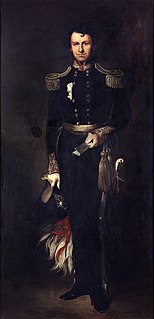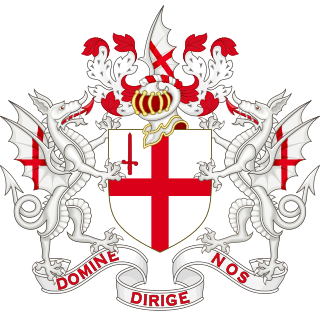
La Trobe University is a public research university based in Melbourne, Victoria, Australia. Its main campus is located in the suburb of Bundoora. The university was established in 1964, becoming the third university in the state of Victoria and the twelfth university in Australia. La Trobe is one of the Australian verdant universities and also part of the Innovative Research Universities group.

Bundoora is a suburb in Melbourne, Victoria, Australia, 15 km (9.3 mi) north-east of Melbourne's Central Business District, located within the Cities of Banyule, Darebin and Whittlesea local government areas. Bundoora recorded a population of 28,068 at the 2021 census.
Victoria University was an English federal university established by royal charter on 20 April 1880 at Manchester: a university for the North of England open to affiliation by colleges such as Owens College, which immediately did so. University College Liverpool joined the university in 1884, followed by Yorkshire College, Leeds, in 1887. The university and the colleges were distinct corporate bodies until Owens College merged with the university in 1904. A supplemental charter of 1883 enabled the granting of degrees in medicine and surgery.

Charles la Trobe, CB, commonly Latrobe, was appointed in 1839 superintendent of the Port Phillip District of New South Wales and, after the establishment in 1851 of the colony of Victoria, he became its first lieutenant-governor.
Latrobe or La Trobe may refer to:

The Canadian Heraldic Authority is part of the Canadian honours system under the Canadian monarch, whose authority is exercised by the Governor General of Canada. The authority is responsible for the creation and granting of new coats of arms, flags, and badges for Canadian citizens, government agencies, municipal, civic and other corporate bodies. The authority also registers existing armorial bearings granted by other recognized heraldic authorities, approves military badges, flags, and other insignia of the Canadian Forces, and provides information on heraldic practices. It is well known for its innovative designs, many incorporating First Nations symbolism.

Christie Jayaratnam Eliezer was a Ceylon Tamil mathematician, physicist and academic.

Bromley was a local government district in northwest Kent from 1867 to 1965 around the town of Bromley. The area was suburban to London, and formed part of the Metropolitan Police District and from 1933 was included in the area of the London Passenger Transport Board.
John Kinley Dewar is an Australian academic. He is the current vice-chancellor of La Trobe University.

Oldham was, from 1849 to 1974, a local government district in the northwest of England coterminous with the town of Oldham.

The London County Council was granted a coat of arms in 1914 and a heraldic badge in 1956. The coat of arms can still be seen on buildings constructed by the council before its abolition in 1965.

In heraldry and heraldic vexillology, a blazon is a formal description of a coat of arms, flag or similar emblem, from which the reader can reconstruct the appropriate image. The verb to blazon means to create such a description. The visual depiction of a coat of arms or flag has traditionally had considerable latitude in design, but a verbal blazon specifies the essentially distinctive elements. A coat of arms or flag is therefore primarily defined not by a picture but rather by the wording of its blazon. Blazon is also the specialized language in which a blazon is written, and, as a verb, the act of writing such a description. Blazonry is the art, craft or practice of creating a blazon. The language employed in blazonry has its own vocabulary, grammar and syntax, which becomes essential for comprehension when blazoning a complex coat of arms.
Alan George Lewers Shaw was an Australian historian and author of several text books and historiographies on Australian and Victorian history. He taught at the University of Melbourne and the University of Sydney, and was professor of history at Monash University from 1964 until his retirement in 1981.

Stretford was, from 1868 to 1974, a local government district coterminate with the town of Stretford, Lancashire, England.
General Sir John St. George was a British Army officer.
Sir Joseph Robert Archibald Glenn, OBE was an Australian industrialist and founding Chancellor of La Trobe University.
Banksia Latrobe Secondary College was a public, co-educational high school located in Heidelberg West, Victoria, Australia. It was closed at the end of 2011, being replaced by Charles La Trobe College. From the 1980s, it underwent a large transformation and a series of amalgamations.

The coat of arms of the City of London is the official coat of arms of the City of London, which is one of a number of cities and boroughs in Greater London.
Menzies College is an Australian secular residential college for undergraduate students at La Trobe University, Bundoora campus. Established in 1968, Menzies College is named after Sir Robert Menzies, 12th Prime Minister of Australia and the nation's longest-serving prime minister. Menzies College is located on the eastern side of the Melbourne (Bundoora) campus. The college is made up of single bedrooms with shared bathrooms and includes a café, fitness centre and gymnasium for use of the residents. Menzies College has a capacity of 385 residents. Dale Trendall, Australia's first Professor of Archaeology and La Trobe's only resident fellow lived at Menzies College from 1969 until his death in 1995.













